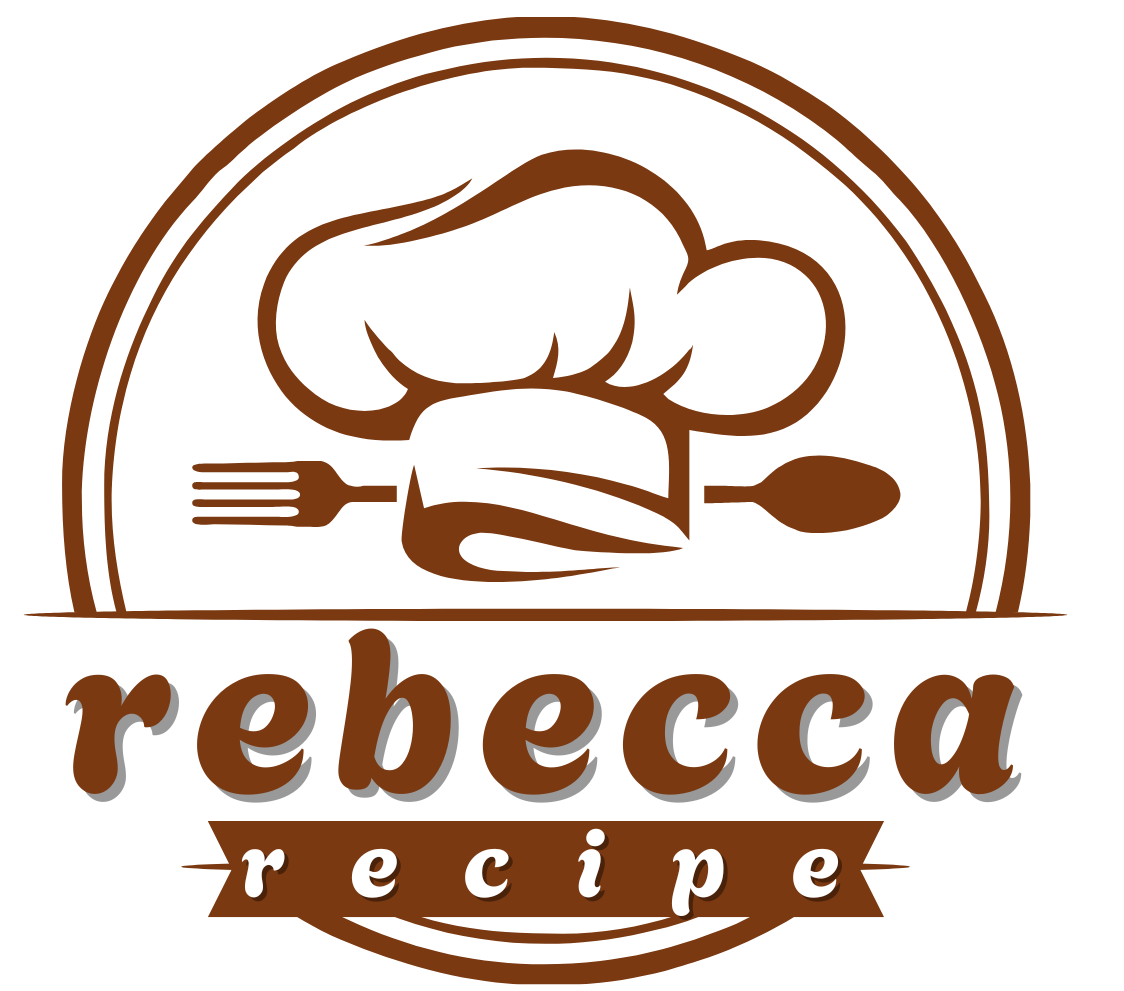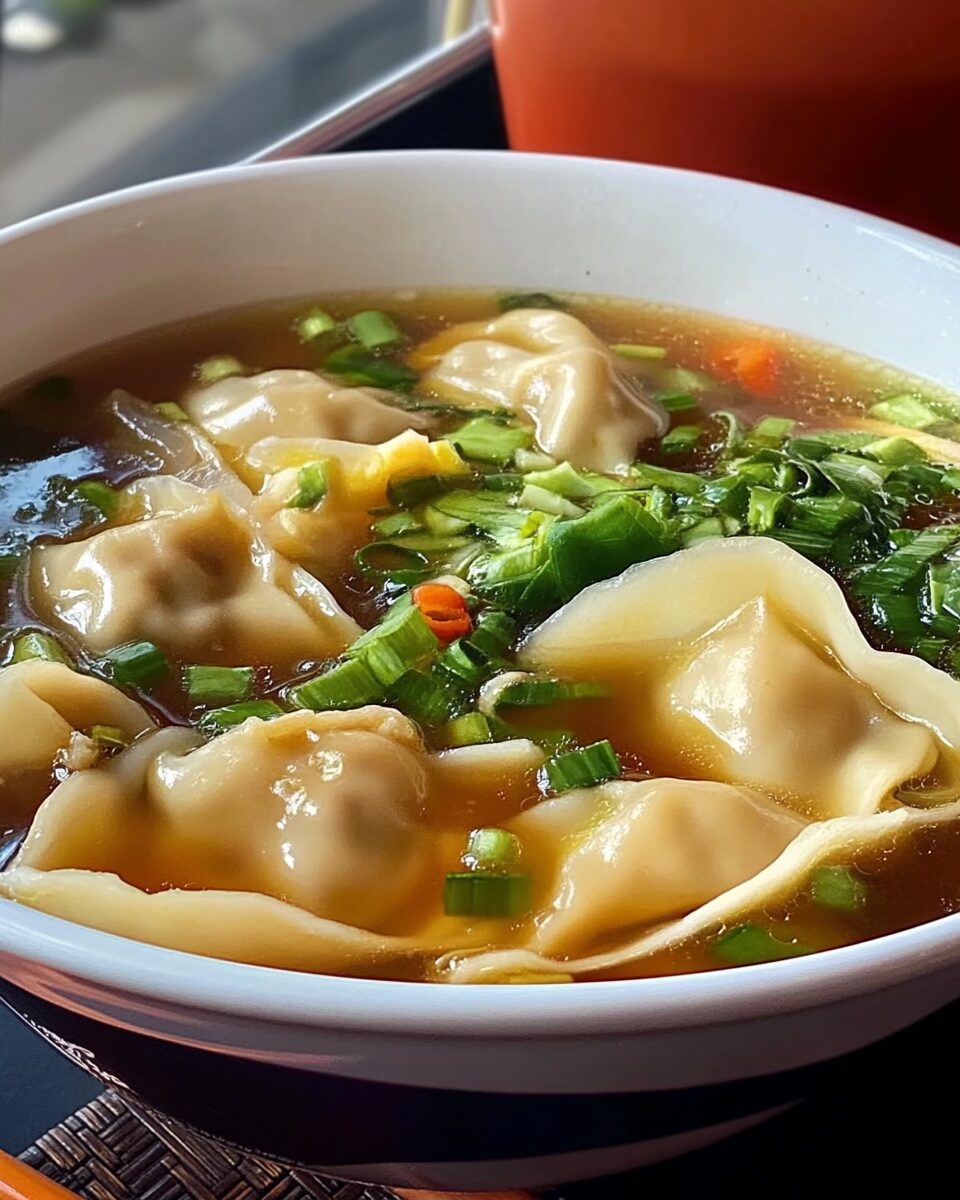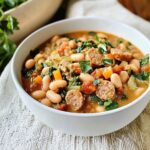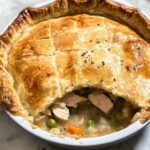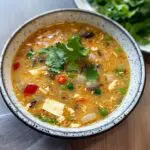Wonton Soup is a comforting, flavorful dish that is a staple in Chinese cuisine. This light yet satisfying soup features delicate wontons filled with seasoned meat or shrimp, all floating in a savory broth. It’s the perfect dish to enjoy as an appetizer or a light meal. The broth, often flavored with soy sauce, sesame oil, and fresh herbs, complements the rich filling of the wontons, making every spoonful a delightful experience.
Full Recipe:
Ingredients
- 1/2 pound ground pork
- 1/4 pound shrimp, peeled, deveined, and finely chopped
- 1 tablespoon soy sauce
- 1 tablespoon rice wine
- 1/2 teaspoon salt
- 1/4 teaspoon white pepper
- 1/4 teaspoon sesame oil
- 1/4 cup finely chopped green onions
- 1 package wonton wrappers
- 4 cups chicken broth
- 1 tablespoon soy sauce
- 1 tablespoon rice wine
- 1/2 teaspoon sesame oil
- 2 green onions, chopped (for garnish)
- 1/2 teaspoon freshly grated ginger (optional)
- 1 teaspoon chili oil (optional)
Directions
- In a bowl, combine the ground pork, shrimp, soy sauce, rice wine, salt, pepper, sesame oil, and green onions. Mix well to combine.
- To assemble the wontons, place a wonton wrapper on a clean surface. Spoon about 1 teaspoon of the filling into the center of the wrapper. Moisten the edges of the wrapper with a little water, then fold it in half to form a triangle. Press the edges to seal, then bring the two corners of the triangle together and press to form the wonton shape. Repeat until all the filling is used.
- Bring a large pot of water to a boil. Gently drop the wontons into the water and cook for 3-5 minutes or until they float to the surface and are fully cooked.
- While the wontons are cooking, heat the chicken broth in a separate pot over medium heat. Add the soy sauce, rice wine, and sesame oil to the broth and stir to combine. Let the broth simmer while the wontons cook.
- To serve, ladle the hot broth into bowls and add the cooked wontons. Garnish with chopped green onions, grated ginger, and a drizzle of chili oil if desired. Serve immediately.
Nutrients
- Calories: 210 kcal
- Protein: 18g
- Fat: 9g
- Carbohydrates: 20g
- Fiber: 1g
- Sugar: 1g
- Sodium: 850mg
History and Cultural Significance of Wonton Soup
Wonton Soup has a deep historical significance in Chinese culture. The word “wonton” is derived from the Cantonese words “wàn” and “tún,” which refer to the wonton’s delicate texture and its symbolic meaning of “eating happiness.” In traditional Chinese culture, food is closely tied to emotions, family, and celebrations. The act of making and sharing wontons is often associated with joy, luck, and togetherness. Wontons, often considered a comfort food, are frequently made during festive occasions like the Chinese New Year, where they symbolize good fortune and prosperity for the year ahead.
The soup itself has evolved over centuries, originating as a simple and inexpensive dish that was widely accessible to people from all walks of life. Initially served as street food, the dish gained popularity due to its simplicity, hearty nature, and the versatility of the wonton filling. It wasn’t long before Wonton Soup found its way onto the tables of Chinese families for special occasions, as well as being a regular menu item in restaurants around the world.
Today, Wonton Soup is enjoyed globally, not just in China, but in Chinese communities and beyond. From bustling cities in Asia to multicultural cities in the West, it has become a symbol of Chinese culinary excellence, combining the tradition of Chinese food with the global love for flavorful broths and dumplings.
Flavors and Ingredients of Wonton Soup
The magic of Wonton Soup lies in the balance between its rich, savory broth and the delicate, flavorful wontons. The broth serves as the heart of the soup, with ingredients like soy sauce, rice wine, sesame oil, and sometimes chicken or pork stock, infusing the liquid with a deep umami taste. The soup itself is typically light and clear, providing a backdrop for the wontons and their fillings, but it’s the infusion of seasonings and spices that elevates this dish.
The wontons, which are the star of the dish, are often filled with ground pork, shrimp, or a combination of both. The filling is seasoned with soy sauce, sesame oil, and sometimes a bit of ginger or garlic, allowing the flavors to meld together in perfect harmony. The dough that wraps the filling is light and thin, designed to give way to the juicy, flavorful filling inside as soon as you take a bite. The texture of the wonton wrapper is a key element in the experience, as it should be soft, smooth, and slightly chewy, without being overly thick or doughy.
The broth is typically clear, often made from chicken or pork bones, which are simmered for hours to release all their natural flavors. The richness of the stock is enhanced by the addition of seasonings like soy sauce, rice wine, and sometimes ginger, garlic, or scallions. These additions deepen the flavor of the broth, creating a savory base that complements the wontons.
Additionally, some variations of Wonton Soup include other elements such as bok choy or napa cabbage, which adds a fresh, crisp texture to the soup. The soup is often garnished with chopped green onions and sometimes fresh cilantro, giving the dish a burst of color and a touch of herbal freshness.
The Art of Making Wonton Soup
Making Wonton Soup from scratch is a labor of love, requiring both patience and attention to detail. The process begins with preparing the wontons themselves. The filling must be mixed thoroughly to ensure that the flavors are well-distributed, and the texture is smooth and cohesive. While traditionally made with pork or shrimp, other fillings can be used depending on personal preferences, making the dish versatile.
The folding of the wonton wrappers is an art in itself. The goal is to ensure that the wrapper is sealed tightly enough so that the filling doesn’t leak out during the cooking process. Traditional folding methods vary depending on regional preferences, but the most common shape is a triangular or purse-like dumpling.
Once the wontons are made, they are carefully dropped into boiling water and cooked until they rise to the surface, signaling that they are done. This process is relatively quick, taking just a few minutes. While the wontons cook, the broth is prepared separately, often by simmering bones, aromatics, and seasonings to create a flavorful base. Once the wontons are cooked, they are added to the broth, which has already been seasoned to perfection.
The soup can be served immediately, or it can be kept warm while the wontons cook. This timing is essential to ensure that the wontons don’t overcook and become too soft. Once everything is prepared, the soup is ladled into bowls, garnished with fresh herbs, and served piping hot.
Variations of Wonton Soup
One of the beautiful things about Wonton Soup is its versatility. While the traditional version uses ground pork or shrimp as the filling, the options are endless. Some variations incorporate other types of meat, such as beef or chicken, for those who prefer different flavors. Vegetarian versions of the soup are also possible, where tofu or mushrooms replace the meat, creating a lighter alternative while still maintaining the delicious depth of flavor.
In some regions, especially in Hong Kong, the broth may be flavored with additional ingredients like dried shrimp or dried scallops to add extra umami depth. Some versions feature a richer broth that’s based on a pork or beef stock, adding a heartier flavor to the soup. Additionally, some recipes might include noodles or other vegetables in the broth, turning the soup into a more substantial meal.
Wonton Soup can also be customized with different garnishes. Some people like to add a drizzle of chili oil or hot sauce for a spicy kick, while others might include crispy fried garlic or shallots for added crunch. A variety of garnishes can transform the soup into something new each time, depending on your personal preferences.
Health Benefits of Wonton Soup
Despite its simple ingredients, Wonton Soup offers a number of health benefits. The broth, made from simmered bones, is a great source of collagen and amino acids, which are important for skin health, joint function, and overall vitality. The soup also contains lean protein from the pork or shrimp filling, which is essential for muscle repair and growth.
The fresh vegetables often used as garnishes, such as green onions or bok choy, are rich in vitamins and antioxidants that support immune health and overall well-being. Additionally, the soup is low in calories, making it a great option for those looking to enjoy a flavorful, satisfying dish without consuming excessive amounts of fat or carbohydrates.
The spices and seasonings used in Wonton Soup also have health benefits. Ginger, for example, is known for its anti-inflammatory properties and ability to aid digestion, while garlic offers immune-boosting benefits. Sesame oil, which is often used in the broth and filling, provides healthy fats that are beneficial for heart health.
Conclusion
Wonton Soup is more than just a dish – it’s a cultural icon that brings people together. Whether you’re enjoying it as a warm, comforting meal on a cold day or sharing it with loved ones during a special occasion, this soup holds a special place in Chinese culinary traditions. Its rich broth, delicate wontons, and customizable fillings make it a versatile and satisfying dish that can be enjoyed by all.
